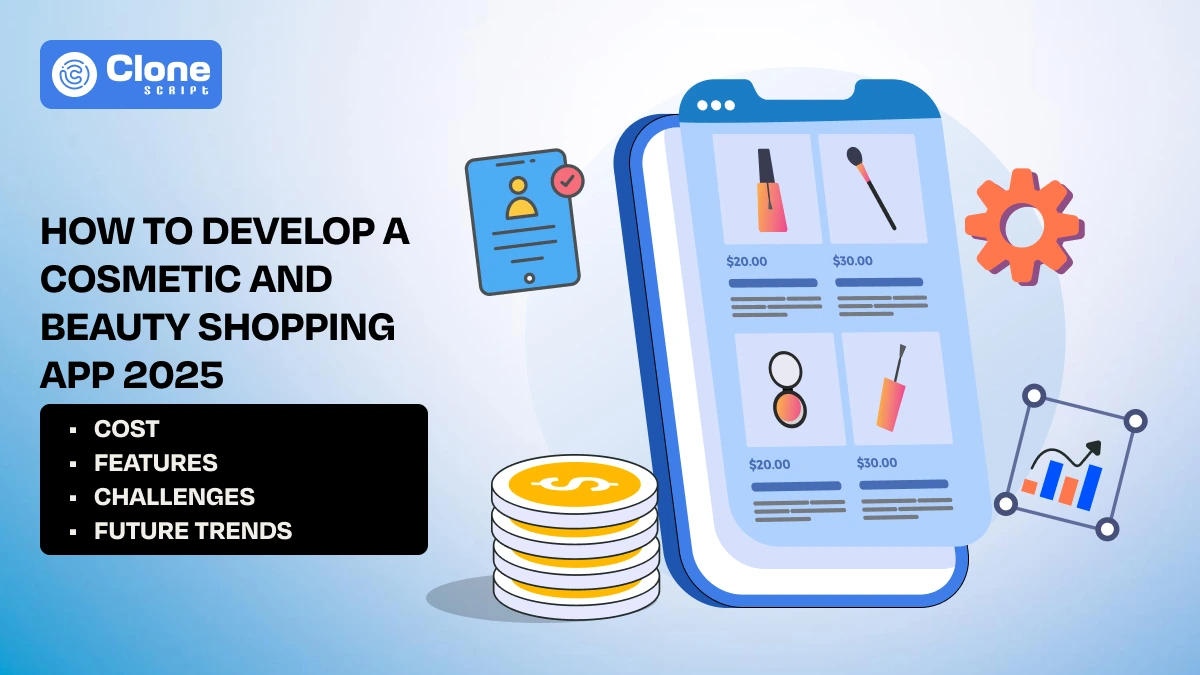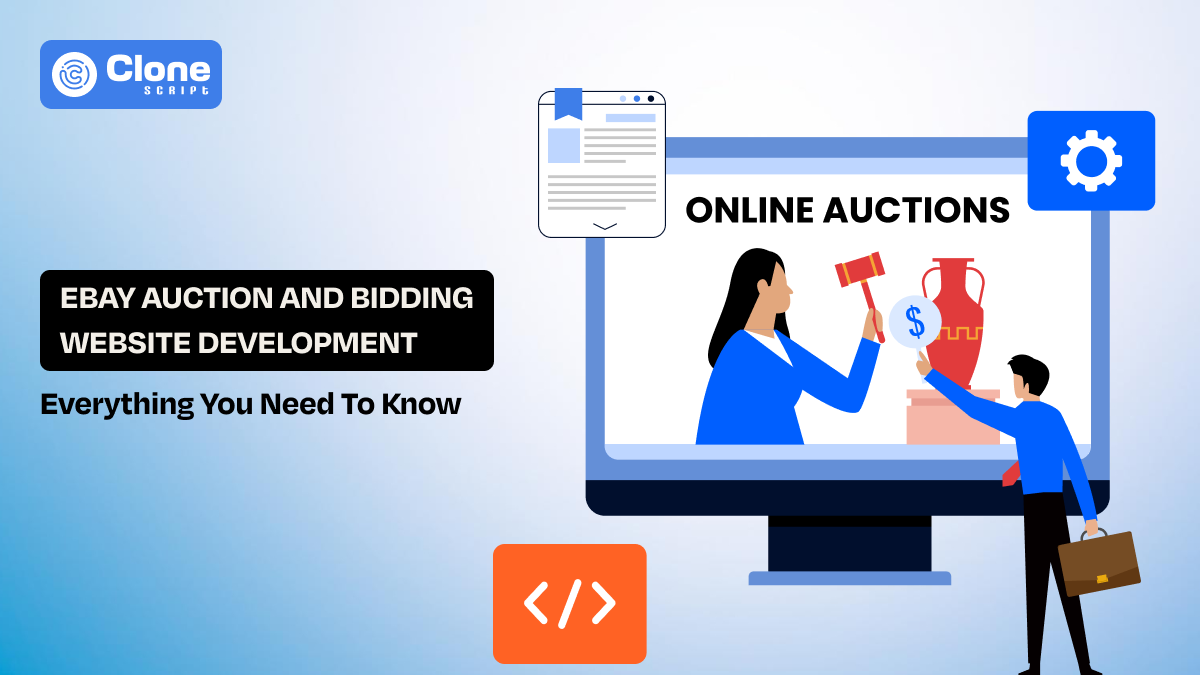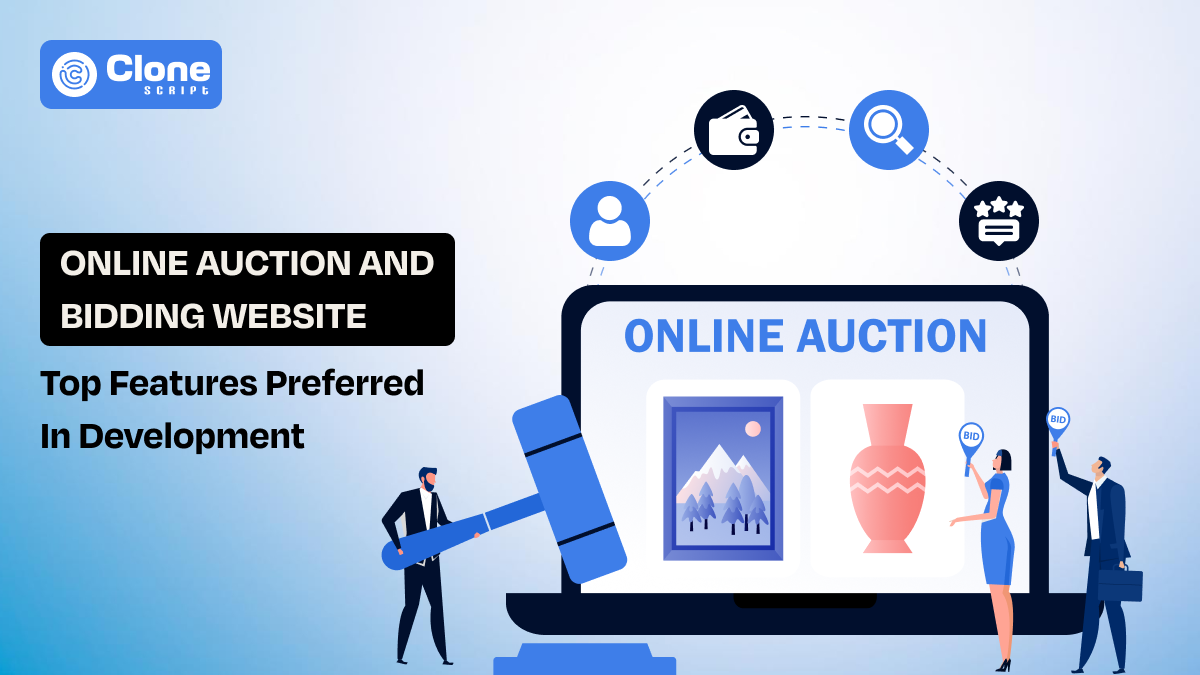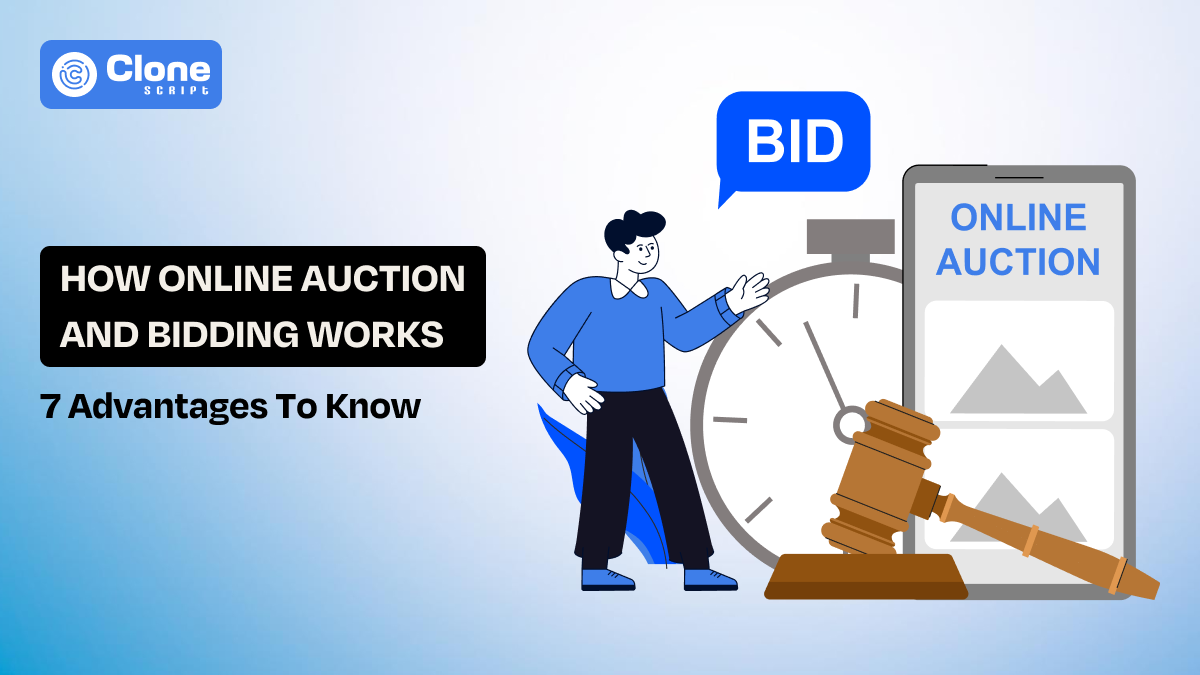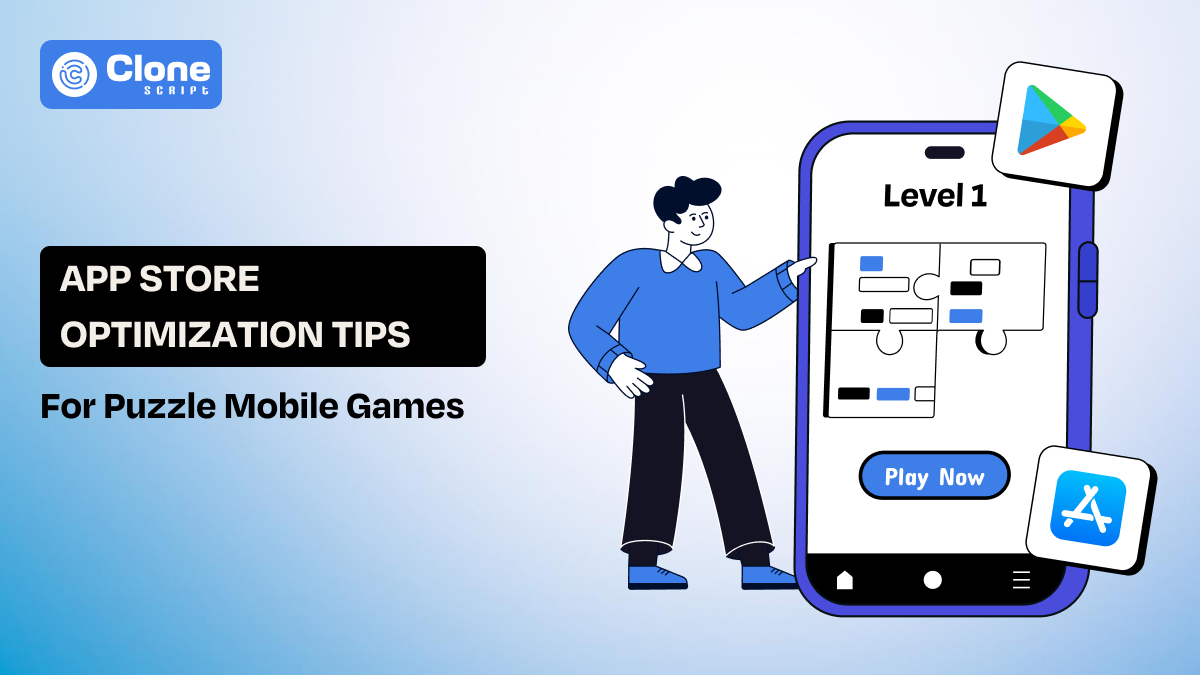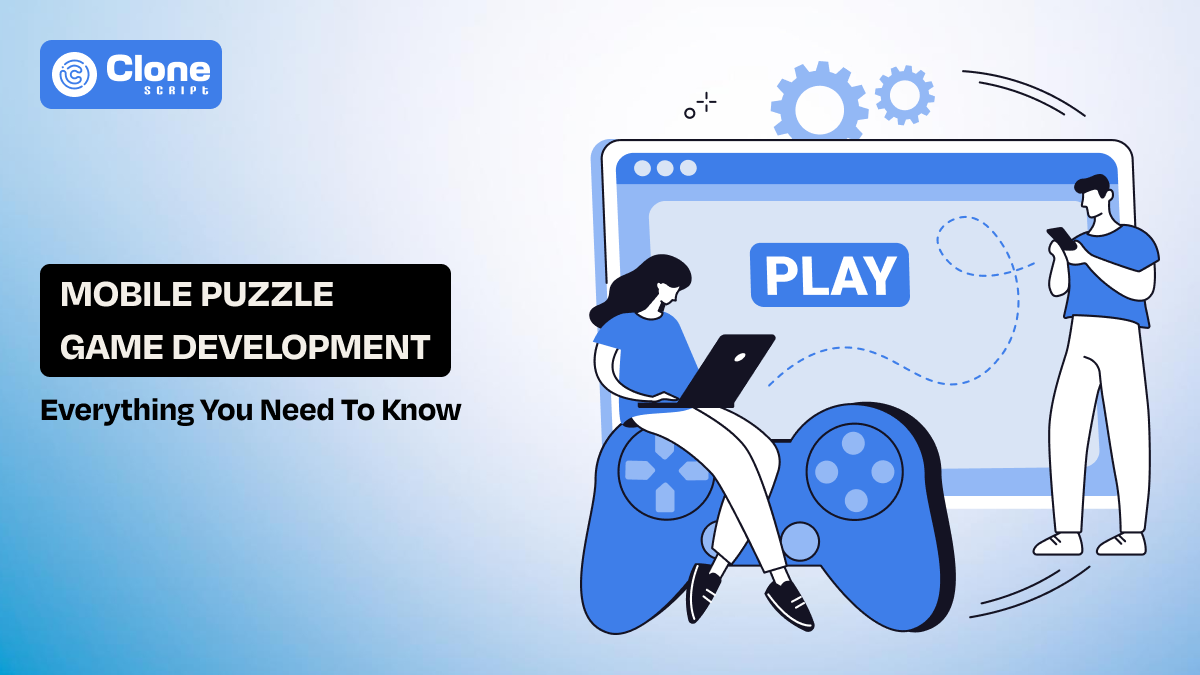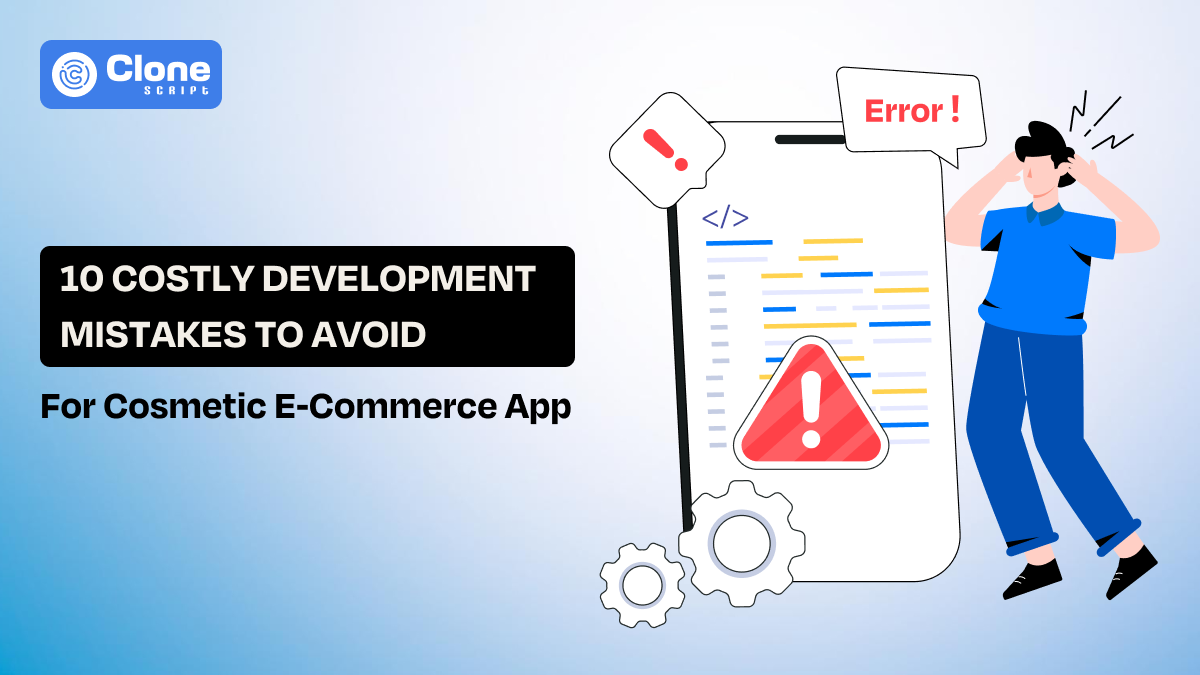How to Develop a Cosmetic and Beauty Shopping App: Cost & Features for 2025
Nowadays, with the help of e-commerce mobile apps, shopping for favorite cosmetic products is just like taking a selfie. Customers can find their favorite lipstick shade to the right skincare routine within a few clicks. All credit goes to the latest technology like artificial intelligence (AI) and augmented reality (AR).
The question is: How much does it cost to develop the latest mobile application for online cosmetic and beauty product shopping?
It depends on certain factors like app UI/UX designing, front-end and back-end development, and integration with the cutting-edge tech stacks.
This article will walk you through the process of achieving a complete understanding of the solutions. So stay tuned.
Let’s first understand why the cosmetic market is the fastest growing segment.
The Evolving Online Beauty Market Overview
Before starting a cosmetic e-commerce business in 2025 you have to know the current situation of the market.
In recent years, the beauty industry has seen exponential growth. With projections indicating that the global beauty and personal care market could exceed $716 billion by 2025.
The shift toward online and mobile shopping has been unpredictable. Today’s consumers prefer the ease and personalized experience of online shopping over traditional retail channels.
But your mind asks why customers are running towards online shopping.
So, there are four aspects at work:
-
Digital Consumer Behavior:
Millennials and Gen Z are digitally native and expect a seamless online shopping experience regardless of their technical knowledge. They demand apps that provide quick access, intuitive navigation, advanced security, and a highly personalized shopping journey.
If your app satisfies their needs, then they will put your cosmetic brand first, beyond the established enterprises.
-
Social Media and Influencer Impact:
Since Instagram, TikTok, YouTube, and Pinterest influence beauty product shopping, customers are now making the purchase right from there. It’s called “Social Commerce.”
Social media influencers for beauty products are shaping consumer behavior by discussing the pros and cons of beauty products. Influencers showcase products in real-life scenarios; from there, customers can know if the product is worth buying for them or not.
-
Technology Adoption:
Those days are gone when customers have only one choice to try a product: once the order is received at home. This has been eliminated with the usage of advanced technologies such as AI and AR.
Virtual try-ons integrate into the app so that customers can see how makeup or skincare products will look on them before purchasing. This reduces hesitation and product returns.
-
Sustainability and Transparency:
Modern consumers are increasingly eco-conscious. They favor brands that are transparent about sourcing, sustainability, and cruelty-free practices. Your app should highlight these values and, of course, the products, too.
What are the must-have features for a cosmetic and beauty shopping app?
Your cosmetic and beauty e-commerce app should contain the best features:
-
Intuitive UI/UX Design
-
Advanced Search and Filtering
-
Virtual Try-On (Augmented Reality)
-
Personalized Product Recommendations (AI-based)
-
Product Reviews and Ratings
-
Secure Payment Gateway Integration
-
Push Notifications & Alerts
-
Multi-Language & Multi-Currency Support
-
Social Media Integration
Let’s understand them in detail.
-
Intuitive UI/UX Design
Your app should be designed to make customers’ purchasing journey amazing, effortless, and secure. All can be done with the mobile app UI/UX design. A clean, visually appealing design is fundamental.
With easy navigation, clear product categories, and a streamlined checkout process you can make a shopping experience seamless. It is the sign of optimized e-commerce ux.
-
Advanced Search and Filtering
This feature is helpful for customers as they can find their favorite products without losing themselves in a sea of thousands of products. Robust search functionalities and filters that let customers sort products by brand, price, skin type, shade, and ingredients. This level of detail improves conversion rates.
-
Virtual Try-On (Augmented Reality)
Integrating AR for virtual try-ons is a game changer. This feature enables customers to try makeup products like lipsticks, eyeshadows, and foundations virtually. It minimizes purchase time, reduces return rates, and creates an interactive shopping experience that stands out in a crowded market.
-
Personalized Product Recommendations (AI-based)
Utilizing AI in customer experience matters the most. To analyze user behavior and provide personalized product suggestions, its required. This can range from recommending new products based on previous purchases to offering tailored beauty routines that match a customer’s unique needs.
-
Product Reviews and Ratings
Despite showcasing your cosmetic product features and benefits, no one can believe it until someone who used it and found the expected results. This can be done with the product rating feature to display authentic reviews, star ratings, and user testimonials.
-
Secure Payment Gateway Integration
To accept order amounts from the customers, your app should integrate a payment gateway. It means if a buyer wants to make online transactions, it can be done. Allowing them to make a payment from secure ways like debit/credit cards, digital wallets, bank transfers, and m-banking.
-
Push Notifications & Alerts
Once the user downloads your e-commerce app, then you have only one way to retain him, and that is a “push notification.” This feature is not just helping to complete marketing goals but proving to be a savior for startups. By letting users know about flash sales, new arrivals, and restocked products, you’re creating an engaging environment.
-
Multi-Language & Multi-Currency Support
If you’re selling beauty products around the world, you must go with the multilanguage support in the mobile app. Considering a local language encourages a massive boost in sales and brand recognition.
With multi-currency payment options, you’re taking a step towards a successful cosmetic e-commerce brand. Why? It indicates you believe in diversity and not sticking with only one option to accept the payments.
-
Social Media Integration
Social media is a powerful tool for engagement and brand promotion, especially for beauty products. Integrate social sharing options so users can share their favorite products or virtual try-on experiences with their network. This organic promotion can increase your app’s visibility and attract new customers.
What are the features making cosmetic e-commerce platform management easier?
Here is the list of features that make it easier to manage an e-commerce platform:
-
Intuitive Admin Dashboard
-
Inventory & Stock Management
-
Order & Shipping Management
-
Role-Based User Management
-
Product Information Management (PIM)
-
Marketing & Promotions Tools
-
Automated Tax & Compliance Management
-
Reporting & Analytics
Let’s understand these features' roles.
-
Intuitive Admin Dashboard
A well-designed admin panel allows easy management of products, orders, users, and promotions from a single interface. It should provide real-time updates on sales, inventory, and customer interactions. There are no additional headaches you have to take with the complete management tools.
-
Inventory & Stock Management
Automated inventory tracking checkers the stock levels and update you with the attention of matter. Low-stock alerts and auto-restocking options help prevent overselling or out-of-stock situations. Also, from it, you can know the popular skincare products and the best time when customers are making the purchase.
-
Order & Shipping Management
Once you receive the order, you need a tool to manage the entire shopping cycle wisely. Integrated order processing allows admins to track order statuses, handle returns, and update shipping details efficiently. Also, real-time shipping rate calculations and automated invoice generation further reduce manual work.
-
Role-Based User Management
Assigning specific roles (admin, manager, seller, etc.) also ensures smooth platform operations. It is a part of a decentralized management tactic when your business is rapidly growing and wants to handle multiple vendors effectively. With this approach, security and preventing unauthorized access will be easier.
-
Product Information Management (PIM)
A structured system to update product descriptions, pricing, ingredients, and images in bulk, reducing time spent on manual data entry. It means you don’t have to hire multiple employees to manage product listings. This will save you from additional spending and create an opportunity to invest in making products better.
-
Marketing & Promotions Tools
To promote your popular products and new arrivals, you need built-in features for your e-commerce platform. From it, you can easily manage discount codes, flash sales, and loyalty programs without requiring third-party tools.
-
Automated Tax & Compliance Management
In online shopping, the levied taxes should be clear to avoid conflict with the customers. However, you own the e-commerce platform, you have the choice to handle tax calculation, invoicing, and compliance to local and international regulations.
-
Reporting & Analytics
With the complete report of your business performance, you can understand what’s going on and where improvement is needed. You can monitor the sale figures, the most preferred products, and referrals from marketing campaigns. It helps you to make data-driven decisions to optimize growth.
Cosmetic e-commerce app development process step-by-step development process
Developing a high-quality beauty shopping app is a multi-stage process. Each step is critical to ensuring your final product is robust, user-friendly, and competitive.
A. Market Research and Competitive Analysis
Purpose:
Gather insights into your target audience, competitor offerings, and market gaps.
Steps:
-
Identify Customer Needs: Conduct surveys, focus groups, and competitor analysis.
-
Analyze Competitors: Evaluate existing beauty apps to understand their strengths, weaknesses, and unique selling propositions. Use SWOT analysis model.
-
Define Your Niche: Use your research to find a unique value proposition that differentiates your app from competitors.
B. Choosing the Right Technology Stack
Options:
-
Native Development: Using Swift for iOS and Kotlin for Android ensures optimized performance but at a higher cost.
-
Cross-Platform Development: Tools like Flutter or React Native allow you to write code once and deploy it on multiple platforms, reducing time and cost.
Considerations:
-
Performance vs. Cost: Weigh the benefits of native performance against the cost savings of cross-platform development.
-
Scalability: Ensure the chosen stack supports future enhancements and increased user traffic.
C. UI/UX Design Phase
Importance:
The e-commerce mobile app design phase sets the tone for user engagement and retention.
Process:
-
Wireframing and Prototyping: Create initial designs that outline the app layout and user flow. App prototyping and wireframing are important to check if the app design is correct or needs improvement before going into development.
-
User Testing: Gather feedback from potential users to refine the interface.
-
Final Design: Develop high-fidelity designs that are visually appealing and user-friendly. You can go with the cosmetic e-commerce app UI design to use pre-built elements at lower costs.
D. Frontend and Backend Development
Frontend Essentials:
-
Responsive Design: With a complete front-end mobile app development, your app is compatible across all devices.
-
Interactive Elements: It implements animations and transitions that enhance the user experience with HTML, CSS, and Javascript.
Backend Essentials:
-
Database Management: Choose a scalable database to handle user data, product listings, and transactions. This can be done with back-end development.
-
APIs and Cloud Services: Build secure APIs for seamless data exchange and use cloud services for hosting and storage. For that, you have to integrate the app with the back-end systems.
E. Feature Implementation
-
Prioritize Core Features: Start with essential functionalities like product search, AR try-on, and secure checkout.
-
Iterative Development: Use agile methodologies to release features incrementally and incorporate user feedback.
-
Quality Assurance: Test each feature thoroughly to ensure reliability and performance.
F. Testing and Quality Assurance
Objective:
With QA & Testing, you can eliminate bugs and ensure a seamless user experience across devices.
Types of Testing:
-
Functional Testing: Verify that all features work as intended. This is important to retain the users for a longer time.
-
Security Testing: Identify vulnerabilities and data encryption to promote safe transactions.
-
Usability Testing: Conduct tests with real users to identify potential improvements.
G. App Deployment and Launch
-
App Store Submission: Prepare your app for submission to the Apple App Store and Google Play Store, ensuring it meets all guidelines.
-
Marketing Launch: Develop a launch strategy that includes PR, influencer marketing, and targeted advertising, such as paid social media ads.
-
Post-Launch Support: Monitor user feedback and performance metrics to make necessary updates and improvements.
Beauty e-commerce app development cost breakdown for 2025
Budgeting accurately is important for any app development. The overall cost of beauty e-commerce app development depends on various factors, each contributing to the final investment.
A. Factors Influencing Costs
-
Feature Complexity: Advanced features like AI-based recommendations, AR try-ons, and multi-language support add to the development cost.
-
Platform Choice: Native apps generally require higher investment than cross-platform solutions.
-
Development Team Location: Rates vary widely; App development teams in North America or Western Europe tend to be more expensive compared to teams in India or Eastern Europe.
-
Third-Party Integrations: Costs for secure payment gateways, cloud services, and other integrations need to be factored in.
B. Estimated Development Costs
-
Basic App (Minimal Features): Typically ranges between $25k and $70k. This option suits startups looking to validate the market with core functionalities.
-
Mid-Level App (Enhanced Features with AI & AR): This kind of app costs an estimated between $80k and $150k. Ideal for businesses aiming to deliver a competitive edge with advanced features.
-
Advanced App (Full-Scale Integrations, Customizations, and Premium UX): For a completely unique and innovative cosmetic e-commerce app cost can range from $150k to $300k+. This option is suited for established brands that require bespoke solutions and enhanced scalability.
C. Additional Ongoing Costs
-
UI/UX Design: Depending on the complexity of your mobile app, the custom change in UI/UX design cost ranges from $5k to $15k.
-
Third-Party Integrations: To make your app futuristic, its price remains between $10k to $30k for advanced integrations (AI, AR, payment gateways).
-
Maintenance & Updates: Continuous support and updates could cost between $1k and $5k per month.
Instead, you opt for a custom app development; going with a clone app can be the best alternate option if you have a limited budget. The cosmetic e-commerce app advantages list is big and helpful for startups.
How to overcome challenges in cosmetic app development?
Building a beauty products shopping app involves navigating several challenges. Addressing these issues head-on will help you deliver a reliable and engaging product.
A. High Competition and Market Saturation
Challenge:
The beauty industry is crowded with numerous apps and well-established brands. To take their market share is tough but not impossible.
Solution:
-
Unique Selling Proposition (USP): Focus on unique features like advanced AR try-on, highly personalized recommendations, or exclusive sustainability initiatives.
-
Brand Differentiation: Use strong branding, high-quality visuals, and influencer partnerships to stand out.
B. Regulatory and Compliance Issues
Challenge:
Data protection and consumer privacy regulations (e.g., GDPR, CCPA) impose strict compliance requirements.
Solution:
-
Robust Security Protocols: Implement strong encryption, secure payment gateways, and regular security audits.
-
Transparent Policies: Maintain clear privacy policies and obtain user consent for data collection and usage.
C. Meeting High Customer Expectations
Challenge:
Users expect flawless performance, quick load times, and a seamless user experience.
Solution:
-
User-Centric Design: Invest in high-quality UI/UX design and continuous testing.
-
Responsive Support: Establish robust customer service channels, including chatbots, FAQs, and live support.
D. Cybersecurity Threats
Challenge:
Security breaches can harm your reputation and lead to financial losses.
Solution:
-
Regular Updates: Keep the e-commerce platform up-to-date with the latest security patches.
-
Proactive Monitoring: Use advanced monitoring tools to detect and mitigate threats in real time.
Beauty App Development Future Trends to Watch in 2025 and Beyond
Staying ahead of trends will keep your app competitive in an ever-evolving market.
A. AI-Powered Personalization and Skincare Analysis
Trend:
AI is expected to become even more sophisticated in analyzing skin type and recommending personalized beauty solutions.
Implications:
-
Enhanced User Experience: More accurate and tailored recommendations will boost customer satisfaction.
-
Data-Driven Insights: Collecting and analyzing user data will enable continuous improvements and targeted marketing.
B. Advancements in Augmented Reality
Trend:
AR is likely to evolve with more realistic simulations and interactive experiences.
Implications:
-
Immersive Shopping: Enhanced AR can offer virtually immersive try-on experiences that closely mimic real-life results.
-
Higher Conversion Rates: Better visualization tools lead to higher consumer confidence and fewer returns.
C. Blockchain and NFTs in Beauty E-Commerce
Trend:
Blockchain can ensure product authenticity, while NFTs may open up new avenues for digital collectibles and exclusive product releases. Also, crypto payments in e-commerce are becoming popular.
Implications:
-
Increased Trust: Transparency in supply chains can boost consumer trust.
-
New Revenue Streams: Digital collectibles can create curiosity and provide additional income channels.
-
Crypto payments: To allow customers to make payments in BTC, USDT, meme coins, and other cryptocurrencies as part of the multiple payment choices.
D. Focus on Sustainability
Trend:
Eco-friendly and sustainable beauty products will continue to grow in importance.
Implications:
-
Brand Loyalty: Highlighting eco-conscious practices can attract and retain ethically-minded consumers.
-
Marketing Edge: Emphasizing sustainability in your app’s features and content can differentiate your brand.
Conclusion
Developing a successful cosmetic and beauty shopping app for 2025 requires a strategic blend of cutting-edge technology, user-centric design, and robust features. By prioritizing AI-driven personalization, advanced AR capabilities, and secure, seamless transactions, you can create an engaging and competitive platform.
Understanding the cost factors and navigating development challenges are crucial for a successful launch. Go with future trends like blockchain and sustainability to stay ahead.
Ready to transform your beauty business? Contact us today for a consultation, and let's bring your vision to life!
 BTC - Bitcoin
BTC - Bitcoin
 USDTERC20 - USDT ERC20
USDTERC20 - USDT ERC20
 ETH - Ethereum
ETH - Ethereum
 BNB - Binance
BNB - Binance
 BCH - Bitcoin Cash
BCH - Bitcoin Cash
 DOGE - Dogecoin
DOGE - Dogecoin
 TRX - TRON
TRX - TRON
 USDTTRC20 - USD TRC20
USDTTRC20 - USD TRC20
 LTC - LiteCoin
LTC - LiteCoin

